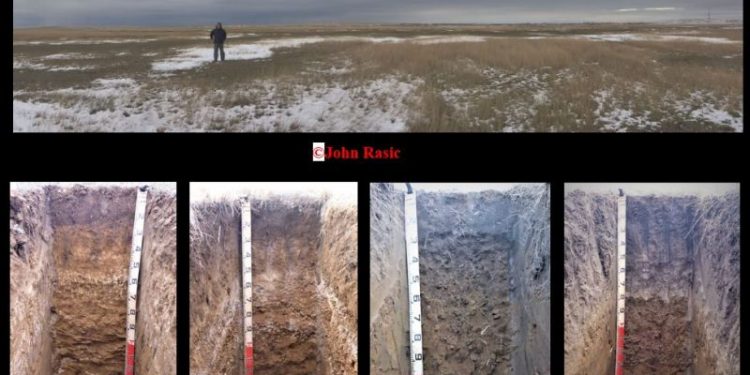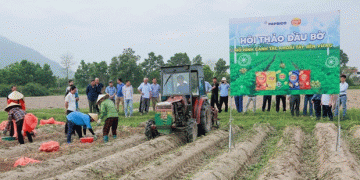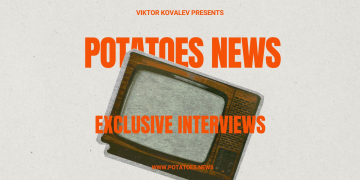Understanding the True Nature of Soil Variation and the Limitations of Regenerative Claims
In October 2019, John Rasic embarked on an extensive journey to analyze a 7,002-hectare virgin pastureland with 11 distinct soil types, all originating from the same parent material – Loess. Despite uniform environmental conditions across the land, including identical rainfall, snowfall, temperature, wind, and sunlight, the soil exhibited remarkable variations in depth, thickness, quantity, and quality of organic matter. These differences were up to five-fold from one area to another.
This observation raised a profound question: if environmental conditions for plant growth and soil development have remained constant for millennia, what could explain such dramatic soil variations? After meticulously examining each soil profile, Rasic concluded that equalizing these soil variations would likely extend far beyond human lifetimes. This realization starkly contrasts with the claims made by some self-proclaimed regenerative agriculture experts, who assert that such transformations can be achieved in just a few years.
Rasic highlights a troubling trend: the sudden emergence of numerous regenerative soil experts who may lack a deep understanding of the complex realities of soil science and agriculture. Many of these ‘experts’ claim extensive knowledge but may not fully grasp the intricate processes involved in soil health and regeneration. Rasic expresses a desire to challenge these experts to test their theories practically. If their claims are accurate, the agricultural community stands to benefit significantly. However, if these assertions prove false, there should be consequences for spreading misinformation.
As the field grapples with issues of soil health and regeneration, it is crucial to base approaches on robust scientific evidence and practical experience. The complexity observed in the pastureland serves as a humbling reminder of the intricate processes at work beneath our feet, which often operate on timescales far beyond our human perspective.






